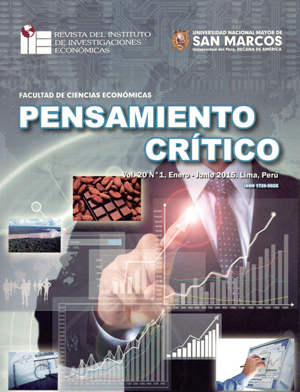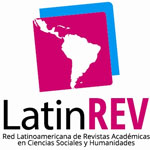The cocoa trade and its influence on Peruvian agriculture
DOI:
https://doi.org/10.15381/pc.v20i1.11481Keywords:
partnership, cocoa trade, commodities, international marketing, Peruvian agricultureAbstract
National governments have to find alternatives for small farmers so that families can improve their economic and social conditions. The case of cocoa production can be an example. The economy of developing countries is built on the production of commodities, particularly mining. Cocoa production in developing countries is particularly unique because it is done by small producers. The strongest demand of the plaintiffs comes from chocolate producers where cocoa is the most important input, who are attending to an increasingly sophisticated market.
This article tries to explain this new relationship in the market and that can be used by farmers, with the support of public and private institutions, because it is the only way to get a better price. The value chain must be strengthened from within the country, then will come the buyers who are ready to give their support in this market that is becoming differentiated, implying best prices in the future. However, to obtain a greater benefit one should be prepared.
Downloads
Published
Issue
Section
License
Copyright (c) 2015 Pedro Barrientos Felipa

This work is licensed under a Creative Commons Attribution-NonCommercial-ShareAlike 4.0 International License.
THE AUTHORS RETAIN THEIR RIGHTS:
a. The authors retain their trademark and patent rights, and also on any process or procedure described in the article.
b. The authors retain the right to share, copy, distribute, execute and publicly communicate the article published in Pensamiento Crítico (for example, place it in an institutional repository or publish it in a book), with recognition of its initial publication in Pensamiento Crítico.
c. The authors retain the right to make a subsequent publication of their work, to use the article or any part of it (for example: a compilation of their works, notes for conferences, thesis, or for a book), provided they indicate the source of publication (authors of the work, journal, volume, number and date).















